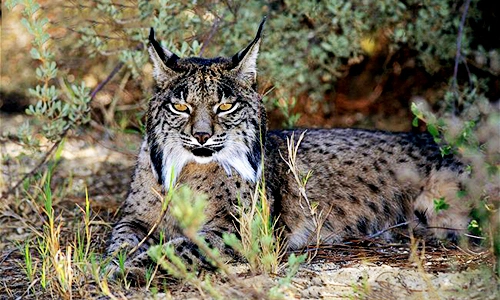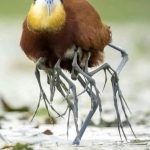Silent Shadows Return: The Iberian Lynx’s Remarkable Comeback

Silent Shadows Return: The Iberian Lynx’s Remarkable Comeback
With tufted ears, golden spotted fur, and the silent grace of a ghost, the Iberian Lynx has become one of Europe’s greatest conservation success stories.
Once nearly extinct, this elusive feline—Lynx pardinus—is native to the Iberian Peninsula, roaming the scrublands and forests of Spain and Portugal. Just two decades ago, fewer than 100 remained in the wild, their numbers devastated by habitat loss, hunting, and the steep decline of their primary prey: rabbits.
The Iberian Lynx is unmistakable. Black ear tufts give it a sharp, alert appearance. Its short, bobbed tail and lean frame make it built for stealth. With piercing yellow-green eyes, it glides silently through dense underbrush, rarely seen but deeply symbolic of the wild spirit of southern Europe.
Its survival depends almost entirely on the rabbit population. This dietary specialization makes it extremely sensitive to ecosystem changes. When rabbit numbers dropped due to disease and agricultural changes, lynx populations collapsed.
But then came hope.
Thanks to intensive breeding programs, habitat restoration, and the creation of protected corridors, the Iberian Lynx is on the rise. Conservationists, local communities, and governments came together to turn the tide—an example of what’s possible when humans act in harmony with nature.
Today, over 1,300 lynxes roam the wild, cautiously reclaiming their place in the ecosystem. While still endangered, their future no longer looks hopeless.
The Iberian Lynx reminds us that extinction isn’t always the end of the story.
Sometimes, with effort and care, wild hearts find their way back home.










